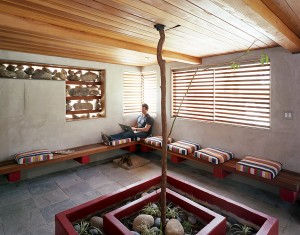How to properly evaluate a potential investment property

- photo credit: Håkan Dahlström via photopin cc
Life is full of sayings that seem contradictory at first. Expressions like “a chain is only as strong as its weakest link” and a “team is only as good as its worst player” seem to make no sense until they have been analyzed and understood. In flipping homes, you make your money when you buy. Quite simply, if you buy a home at the proper discount then you have a much better chance of selling at a profit. Here is a general outline to help you evaluate a potential home for investment.
First, Take a Casual Drive
It is a good idea to only consider homes that you can actually inspect. Being able to drive by the home gives you a firsthand perspective. On your way to the home pay attention to the little details such as
- condition of the roads; are there large potholes, pavement patches, adequate street signs?
- local area; are there any schools, shopping, offices, or factories nearby?
- Appearance of the actual street; how do the other homes on the block look?
- The prospective home; what is your first impression when you see the place?
Second, take a Casual Stroll
Now that you have had the time to look at the home and surrounding area from the road, it is time to actually look at the property up close. When you are in the home ignore things like carpeting and paint. Take time to look over the roof, the foundation, the electrical box, the HVAC unit and any plumbing pipe that is easy to access. Walk outside and see if the septic tank or well has any problem. These are the areas that can cost major money to fix. If there are any noticeable problems with these primary parts of the home you can use that to negotiate with the seller.
Third, crunch some numbers
Now that you have looked over the home and determined that it is a possible investment, it is time to do the math. You need to have an idea of what the total repairs will cost along with how much the home should be worth after the repairs are completed. Once you have these numbers you can make an offer to the seller.
When putting together your repair estimates it is always better to over price. Trying to cut corners and dream that the kitchen can be remodeled for $2,000, or some other wishful hope, will cause you tremendous grief later on.
After you have looked at a few homes and talked with the same contractor a number of times you can start to get a feel for how much repairs will cost. This one skill takes some time to master for those that are new to real estate investment. Once you are comfortable estimating repair costs you will be much better at spotting a deal when it pops up.
Search for: Madison, WI Foreclosures for Sale







